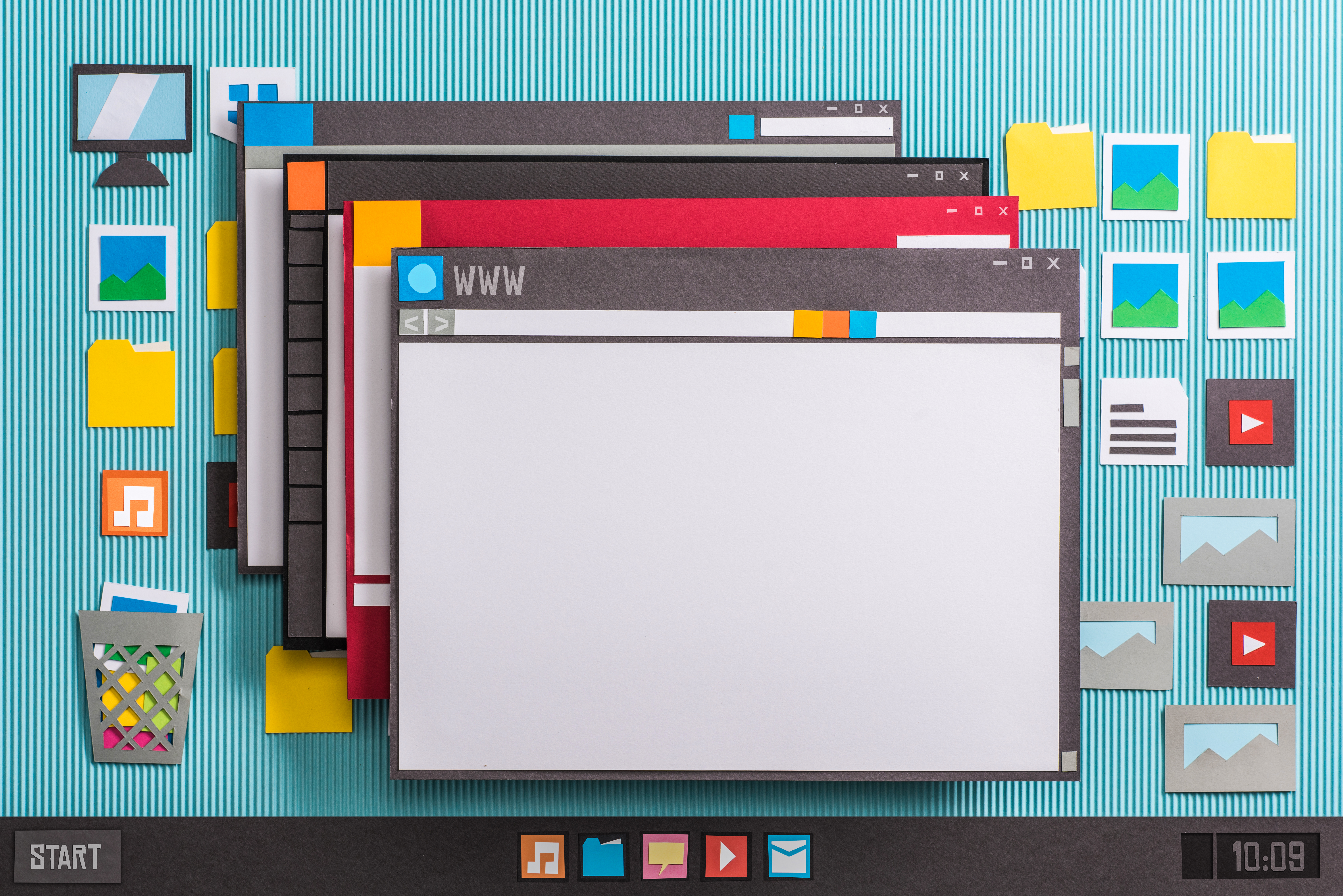My husband got me a digital camera for Christmas and I’m really frustrated by the gap between the time I press the button to take a picture and the moment the camera finally reacts. How can I speed this up?
We’re all frustrated by that little feature of digital cameras. There have been numerous times when my son does something I want to capture with a camera and by the time the capture actually happens the moment has passed. This is not something we of the 35mm point-and-shoot generation are accustomed to. Even though I’m aware of the slow response time, I still find myself forgetting on occasion and blowing what was otherwise a really great shot. The only surefire way to avoid this problem is to buy an expensive digital camera. I’ve considered replacing my Canon G5 with a Digital Rebel specifically because I want a better reaction time. On the other hand, I find it hard to justify the expense because I don’t take that many pictures. There are several tricks to making the most of a digital camera’s slow reaction time, if you know how to make the camera work to your advantage. Read on to find out more.
When your digital camera is set to an automatic mode (which is always on a camera with no manual settings) it must progress through a series of steps before taking a photo. Light is metered, shutter speed is gauged, the lens is focused on your subject, information is sent from the image chip to the LCD on the back of your camera to give you a preview; all these things take time. High-end cameras generally have more expensive parts to make these operations move more quickly, but the same process is required for each digital image. Figuring out how to compensate for the time these operations take is the difference between a picture of your son sliding in safe at home plate and a picture of him walking away from home plate.
The Stopwatch Test
Determining exactly how long the lag between button press and image capture is in fractions of a second can help you plan for the lag when you take pictures. With a stopwatch in one hand and a finger on your digital camera’s shutter release button, start the watch as you depress the button to snap a picture. Stop the watch or hit the lap count at the point where the image is actually captured by the camera. Repeat this 5 times and take an average of the result to get a fair idea of how long it takes your camera to snap a photo.
Ready the Focus
One of the best ways to make sure you get the shot you want is to arm the automatic focus on your camera. Virtually all digital cameras will perform an automatic focus when the shutter release button is pressed halfway down. By aiming the camera in the direction of the shot you want to take and depressing the button halfway down, the camera focuses and locks the focus waiting for you to press the button the rest of the way. This doesn’t completely eliminate lag, but it does reduce most of the gap between the time you anticipate the shot and the time of actual image capture. Pre-focusing on something of equal distance away in another direction can be another way to get a great shot with less lag time. Using the stopwatch test with the shutter release button in focus-ready mode, you can get an idea of exactly how much readying the focus reduces your camera’s lag.
Improve Your Anticipation
While this won’t work in many candid instances, a greater attention to what’s going on around you will work wonders on improving your digital photos, with or without a shutter lag. Using the home plate example from above, when you see your son rounding third base and heading for home, aim the camera at home plate in anticipation of his arrival. Depress the shutter release button to pre-focus the camera, then wait until you see him start his slide. Quick reflexes here will help make sure you get the shot you want.
Lower Image Quality Settings
This one may seem counter-intuitive because we are trained to want the highest quality images possible. Higher quality images take longer to capture because there’s a longer write time from the camera’s CCD (the chip that captures the image) to the flash memory card inside the camera. Capturing a lower quality image will reduce the time it takes for the write process which means less lag.
Turn off the Flash
Many cameras turn on the flash by default, whether it’s needed or not. If it’s set to red-eye reduction mode, the picture takes even longer because the flash has to fire several times before the image is captured. Red-eye can be fixed quite easily with software; not getting the right picture can’t.
Use A Faster Memory Card
Flash memory cards frequently list speed ratings like 4x, 12x, 16x, 20x, which indicates how quickly they write images taken by a digital camera. Like the other tips here, a faster memory card won’t eliminate the lag experienced in the picture taking process, but it will certainly help. Memory speeds have greatly increased over time, improving the speed your camera can write any given photo to the card. It’s important to consult the camera manual on this one, as some cameras aren’t compatible with all fast memory types. Faster memory cards cost more than slow ones, so if your camera doesn’t support a particular memory speed, the extra cost isn’t worth it.




